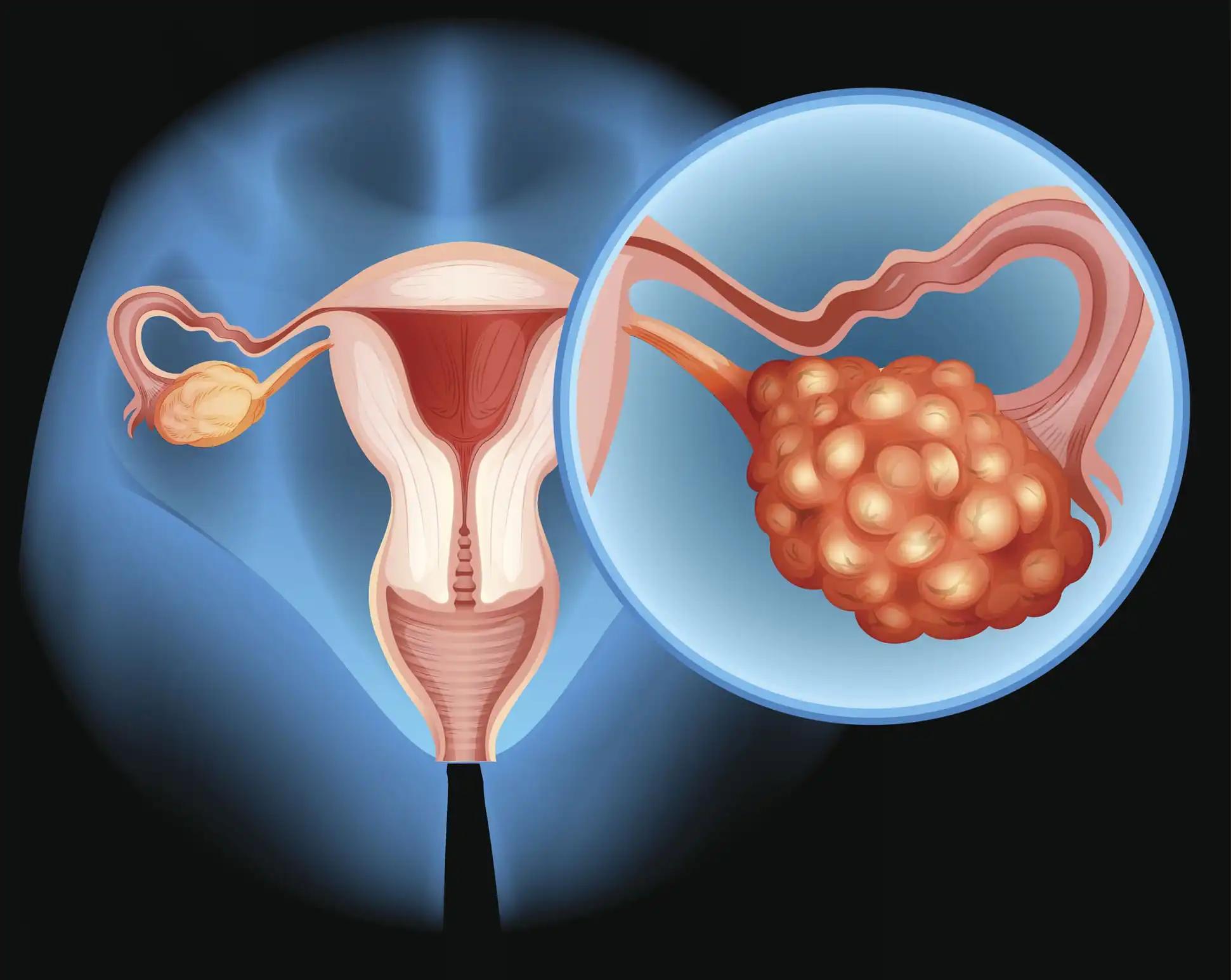KEY TAKEAWAYS
- In the Phase II single-arm study SORAYA, MIRV was tested in PROC patients with high FRα to overcome the limitations of the single-agent chemotherapy treatments.
- SORAYA is a single-arm study with patients that had received up to 3 prior treatments, including Bevacizumab.
- The investigator assessed the ORR for Complete as well as Partial Response based on the number of prior treatments and drugs administered.
- MIRV proved clinically meaningful in anti-tumor activities while being consistently tolerable and safe among patients.
The Phase II single-arm study SORAYA aims to evaluate the efficacy and safety of Mirvetuximab Soravtansine (MIRV) in patients with Platinum-Resistant Epithelial Ovarian Cancer (PROC). Mirvetuximab Soravtansine (MIRV) is a monoclonal antibody-drug conjugate (ADC) that targets the folate receptor alpha (FRα) and delivers a potent chemotherapy drug directly to the cancer cells, causing selective cancer cell death. MIRV could potentially overcome the limitations of toxic single-agent chemotherapies with limited activity in patients with PROC.
106 PROC patients with high levels of FRα were enrolled in the SORAYA study. Of them, 105 were to be evaluated for efficacy. All patients had received 1-3 prior therapies of the required Bevacizumab that targets the protein vascular endothelial growth factor (VEGF). The Primary Outcome Measure of the study was to confirm the Objective Response Rate (ORR), including the best response of Complete Response (CR) or Partial Response (PR), as assessed by the Investigator. And the Secondary Outcome Measures included Duration of Response (DOR), Adverse Events (AEs), Progression-Free Survival (PFS), and Overall Survival (OS).
51% of the patients had three prior lines of therapy. 48% of the patients had been administered with a prior poly ADP-ribose polymerase inhibitor. The Median follow-up in the study was 13.4 months. ORR was 32.4% (95% CI, 23.6 to 42.2), including 5 CR and 29 PR. The median DOR was also assessed as 6.9 months (95% CI, 5.6 to 9.7).
In patients with 1 or 2 priors, the ORR by the investigator was 35.3% (95% CI, 22.4 to 49.9), but in patients with 3 prior treatments, it was 30.2% (95% CI, 18.3 to 44.3).
Apart from this, the ORR by the investigator was 38.0% (95% CI, 24.7 to 52.8) in patients with prior poly ADP-ribose polymerase inhibitor exposure, but it was 27.5% (95% CI, 15.9 to 41.7) in those without the exposure.
In terms of side effects, the study found that the most common adverse events (all grade and grade 3-4) related to the treatment were blurred vision (41% and 6%), keratopathy (29% and 9%), and nausea (29% and 0%). These AEs led to dose delays, reductions, and discontinuations in 33%, 20%, and 9% of patients, respectively.
Throughout the study, MIRV was consistently clinically meaningful in anti-tumor activities. It had favorable tolerability in PROC patients with high-FRα who had already received 1-3 prior therapies, including Bevacizumab. It shaped up to be an important advance in biomarker-selected populations.
Clinical Trial: https://clinicaltrials.gov/ct2/show/NCT04296890
Citation: Matulonis, U. A., Lorusso, D., Oaknin, A., Pignata, S., Dean, A., Denys, H., Colombo, N., Van Gorp, T., Konner, J. A., Marin, M. R., Harter, P., Murphy, C. G., Wang, J., Noble, E., Esteves, B., Method, M., & Coleman, R. L. (2023). Efficacy and Safety of Mirvetuximab Soravtansine in Patients With Platinum-Resistant Ovarian Cancer With High Folate Receptor Alpha Expression: Results From the SORAYA Study. Journal of clinical oncology: official journal of the American Society of Clinical Oncology, JCO2201900. Advance online publication. https://doi.org/10.1200/JCO.22.01900



